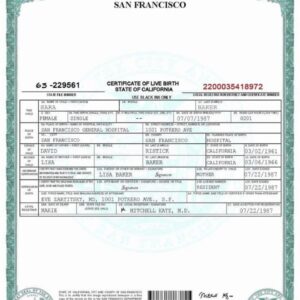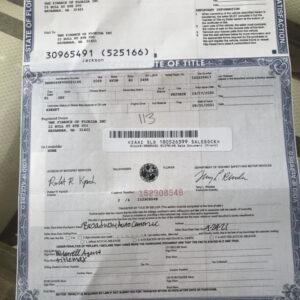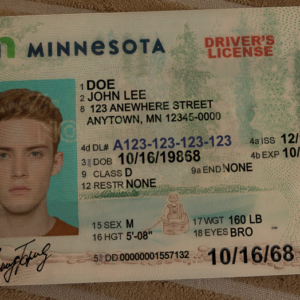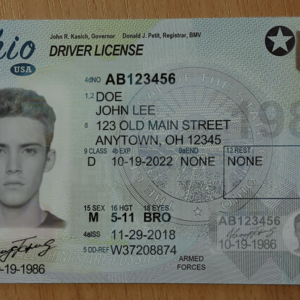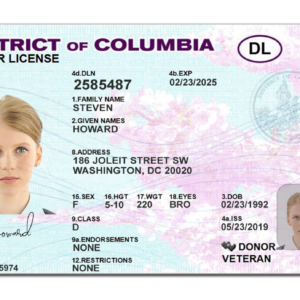How to Identify a Fake Canadian Passport? In today’s globalized world, passports are one of the most critical documents for international travel and identification. Unfortunately, the rise of counterfeit documents, including fake Canadian passports, has become a growing concern for governments, law enforcement agencies, and individuals alike. Whether you’re a border control officer, an employer verifying identities, or simply a curious individual, knowing how to identify a fake Canadian passport is an essential skill. This blog will provide a detailed guide on spotting counterfeit Canadian passports, covering everything from visual inspection to advanced verification techniques.
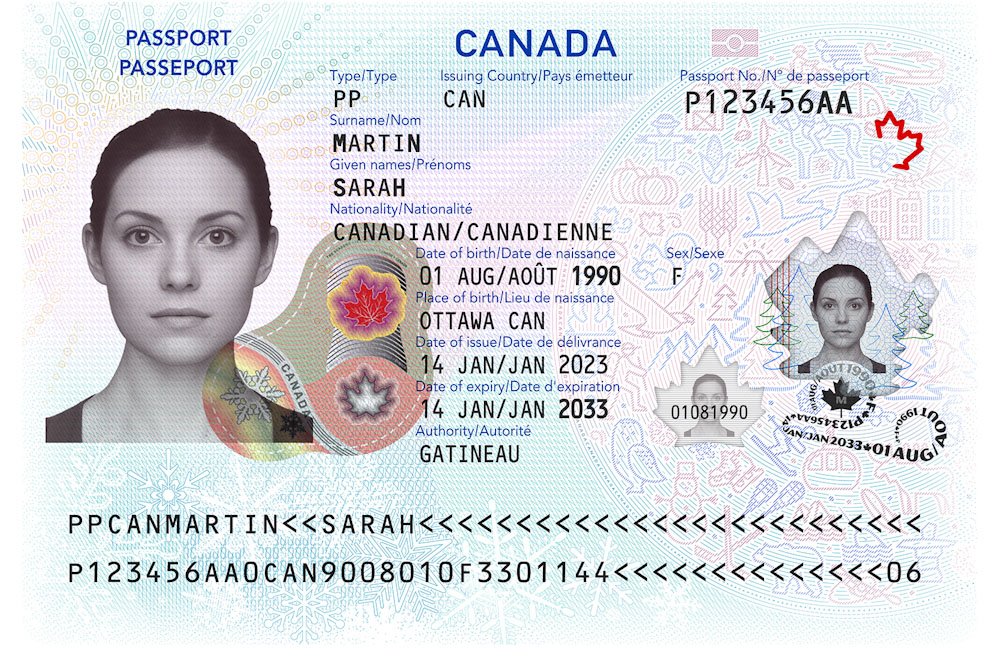
Understanding the Threat of a Fake Canadian Passport
A fake Canadian passport is a forged document designed to mimic an authentic Canadian passport. These counterfeit documents are often used for illegal activities such as human trafficking, identity theft, and illegal immigration. The sophistication of fake passports has increased over the years, making it harder to distinguish them from genuine ones. However, by understanding the key features of a real Canadian passport and knowing what to look for, you can effectively identify a fake.
How to Spot a Fake Canadian Passport: Key Features to Check
Identifying a fake Canadian passport requires a keen eye for detail. Here are some key features to inspect:
1. The Cover
- Material and Texture: A genuine Canadian passport has a durable, high-quality cover with a distinct texture. Fake passports may feel flimsy or have a different texture.
- Embossing: The Canadian coat of arms on the front cover should be embossed and tactile. Counterfeit passports may have poorly embossed or printed emblems.
2. The Data Page
- Holograms and Security Features: Authentic Canadian passports include holographic images and other security features, such as a transparent window with the holder’s photo. Fake passports often lack these details or have poorly replicated versions.
- Microprinting: Genuine passports contain microprinted text that is difficult to replicate. Use a magnifying glass to check for clear, legible microprinting.
- UV Features: Under ultraviolet light, specific elements of the data page, such as the Canadian flag and passport number, should glow. Fake passports may not have these UV-reactive features.
3. The Photo
- Quality and Placement: The photo on a genuine passport is high-resolution and properly aligned. Fake passports may have low-quality, pixelated, or misaligned photos.
- Lamination: The photo on a real passport is securely laminated to prevent tampering. Check for signs of tampering, such as air bubbles or uneven edges.
4. The Barcode
- Machine-Readable Zone (MRZ): The MRZ at the bottom of the data page should be crisp and accurately encoded. Fake passports often have errors in the MRZ or use incorrect formatting.
Fake Canadian Passport Generator: How Criminals Create Counterfeit Documents
With advancements in technology, criminals have access to tools like fake Canadian passport generators. These software programs or online services allow users to create counterfeit passports by replicating the design and security features of genuine documents. While these tools may produce convincing fakes, they often lack the precision and quality of authentic passports. By understanding how these generators work, you can better identify the flaws in counterfeit documents.
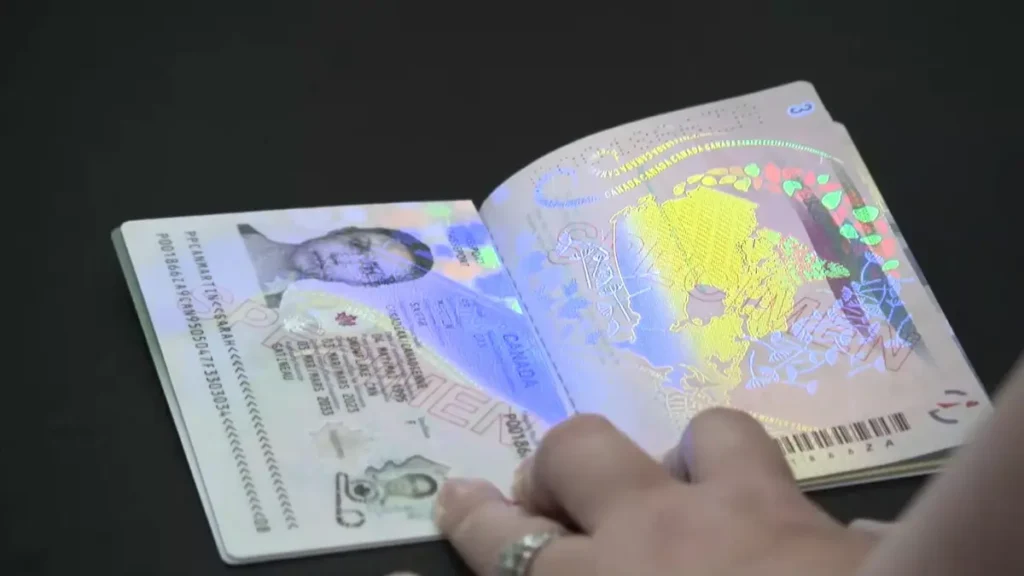
Fake Canada Passport for Sale: The Dark Web and Illegal Markets
The dark web is a hub for illegal activities, including the sale of fake Canadian passports. These counterfeit documents are often marketed as “high-quality replicas” and can cost thousands of dollars. Buyers may include individuals seeking to evade immigration laws or commit identity theft. If you come across a fake Canada passport for sale, it’s crucial to report it to the authorities immediately.
Fake Canadian Passport Front and Back: Comparing Genuine and Counterfeit Designs
To identify a fake Canadian passport, it’s essential to compare the front and back of the document with a genuine one. Here’s what to look for:
Front Cover
- Color and Design: The front cover of a real Canadian passport has a specific shade of blue and a precise design. Counterfeit passports may have slight color variations or design inaccuracies.
- Spine: The spine of a genuine passport is sturdy and well-constructed. Fake passports may have weak or poorly attached spines.
Back Cover
- Biometric Symbol: The back cover of a genuine Canadian passport features a biometric symbol. Counterfeit passports may lack this symbol or have an incorrect version.
- Serial Number: The serial number on the back cover should match the number on the data page. Fake passports may have mismatched or missing serial numbers.
Fake Canada Passport: Common Mistakes in Counterfeit Documents
Even the most sophisticated fake Canada passports often contain mistakes that can help you identify them. Some common errors include:
- Incorrect fonts or font sizes
- Misspelled words or grammatical errors
- Inaccurate placement of security features
- Poor-quality printing or materials
Passport Canada Make an Appointment: Verifying Authenticity Through Official Channels
If you suspect a Canadian passport is fake, one of the most reliable ways to verify its authenticity is by contacting Passport Canada. You can make an appointment with their office to have the document inspected by experts. They have access to advanced tools and databases to confirm whether a passport is genuine or counterfeit.
Canadian Passport Fake: The Consequences of Using or Possessing Counterfeit Documents
Using or possessing a Canadian passport fake is a serious crime with severe consequences. Penalties may include fines, imprisonment, and a permanent ban from entering Canada. Additionally, individuals caught with counterfeit passports may face legal action in other countries, depending on the circumstances.
How to Report a Fake US Passport: A Related Concern
While this blog focuses on Canadian passports, it’s worth noting that counterfeit US passports are also a significant issue. If you encounter a fake US passport, you should report it to the US Department of State or local law enforcement. Providing as much information as possible, such as the passport number and the individual’s details, can help authorities take action.
Fake Canadian Driver’s License: Another Counterfeit Document to Watch For
In addition to fake Canadian passports, counterfeit driver’s licenses are also commonly used for illegal activities. Like passports, fake Canadian driver’s licenses often lack the security features of genuine documents, such as holograms, UV elements, and microprinting. If you suspect a driver’s license is fake, report it to the appropriate authorities.
How to Identify Fake Canadian Passport: Advanced Techniques
For those who need to verify passports regularly, such as border control officers or employers, advanced techniques can be used to identify fake Canadian passports:
1. Document Scanners
- Specialized document scanners can analyze the security features of a passport, such as holograms, UV elements, and MRZ codes.
2. Database Checks
- Cross-referencing the passport number and holder’s details with official databases can confirm its authenticity.
3. Training and Education
- Regular training on the latest counterfeit techniques and security features can help professionals stay ahead of criminals.
Conclusion: Staying Vigilant Against Fake Canadian Passports
The prevalence of fake Canadian passports poses a significant threat to national security and public safety. By understanding the key features of genuine passports, recognizing common mistakes in counterfeit documents, and utilizing advanced verification techniques, you can play a crucial role in combating this issue. Whether you’re a law enforcement officer, an employer, or a concerned citizen, staying vigilant and informed is the best defense against counterfeit passports.
If you ever encounter a fake Canadian passport or suspect fraudulent activity, don’t hesitate to report it to the authorities. Together, we can help protect the integrity of Canadian identity documents and ensure a safer world for everyone.

